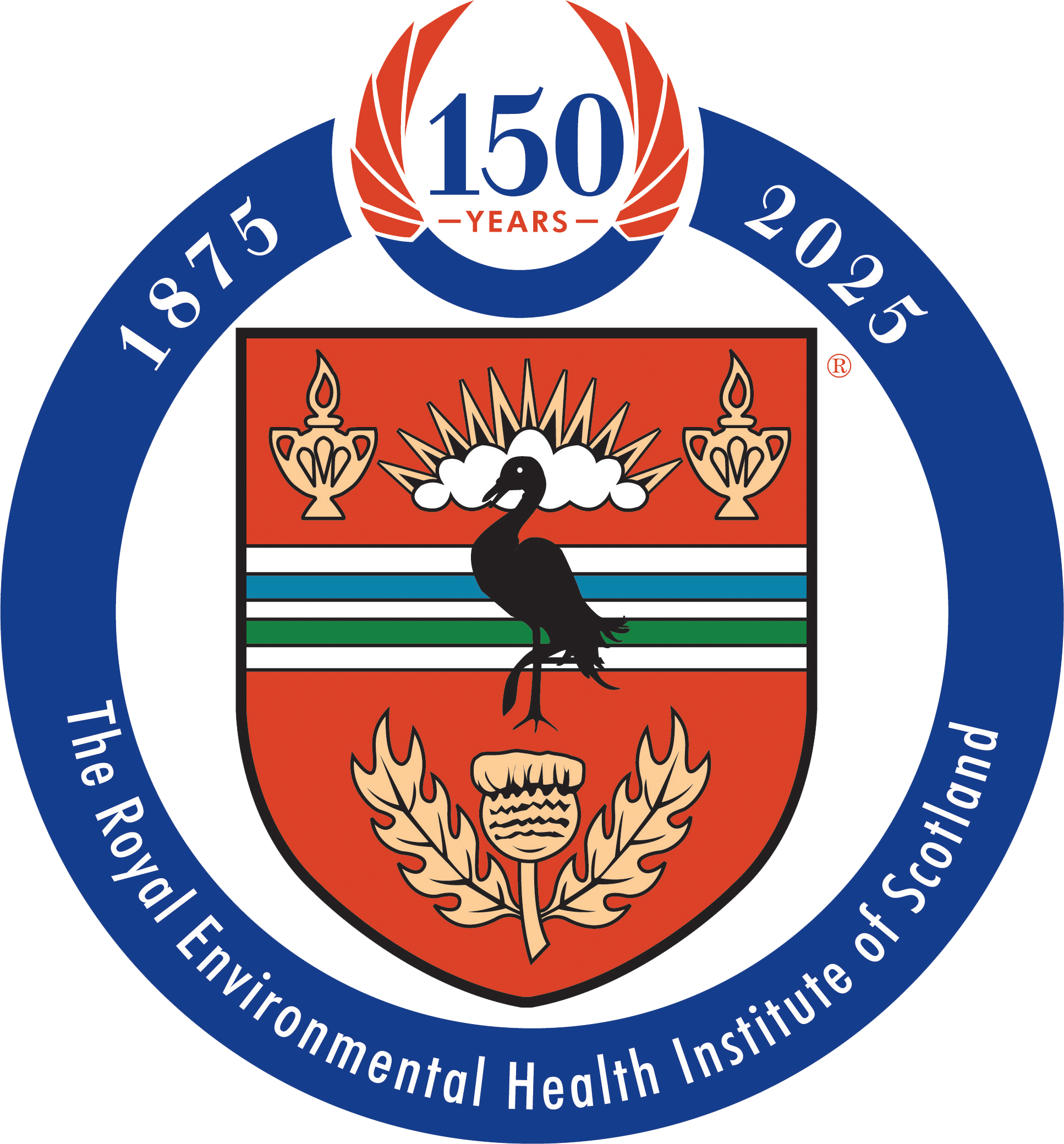The Scottish and Welsh environment ministers have pledged to work together to resist the UK Government’s attempt to take control of devolved powers.
Environment Roseanna Cunningham met with her Welsh counterpart Lesley Griffiths in Cardiff to discuss their concerns that the EU Withdrawal Bill will damage efforts to protect and enhance the environment.
Ms Cunningham highlighted her fears that areas such as climate change and the circular economy, where the Scottish Government has set itself more ambitious targets than the UK Government, will suffer if UK-wide policies are imposed rather than negotiated.
Around 80% of Scots environmental law originated at EU level. This includes legislation around waste management, pollution and regulations, biodiversity, flooding and drink water quality.
Ms Cunningham said:
“My message has been clear and consistent – the Scottish Government will steadfastly adhere to its environmental commitments, despite the growing threat of a hard Brexit. That is why we are joining with our Welsh counterparts to urge the UK Government to ditch this ill-conceived power grab.
“Imposing a UK-wide framework for the environment risks undermining the significant progress Scotland has made, which has seen us win international recognition for our work on climate change and the circular economy.
“We are not opposed in principle to UK-wide frameworks in certain areas but this must be through agreement – not imposition.
“Protecting devolution will allow us to drive forward our ambitious work to reduce greenhouse gas emissions, enhance environmental standards and create a cleaner, greener Scotland for everyone.”
Ms Griffiths said:
“Devolution has enabled the Welsh Government to deliver ground-breaking legislation for the people of Wales, which delivers on international obligations and has been recognised as cutting-edge by a number of international institutions. The approach presented by the UK Government in the Withdrawal Bill could significantly undermine this progress.
“Our approach has not been about trading off agriculture and the environment, it’s about both. You can’t have one without the other. The Bill as it stands has the potential to seriously impact on this approach by locking us into an outdated framework while also removing our ability to bring forward reforms.
“This is why, like Scotland, we want EU powers in devolved areas to come straight to Wales. Welcoming my Scottish counterpart to Wales today will allow us to continue to work together to develop a strong future which benefits everyone.”
Meanwhile Environment Secretary Michael Gove has claimed that Brexit plans could enhance environmental protection, saying the UK could be a “global leader in environmental policy” outside of the EU.
He said there could be changes to the operation of some rules, but said any change would be “designed to ensure we get better protection for the environment”.
He said: “I have no intention of weakening the environmental protections that we have put in place while in the European Union.
“Informed by rigorous scientific analysis, we can develop global gold standard policies on pesticides and chemicals, habitat management and biodiversity, animal welfare and biosecurity, soil protection and river management and indeed in many other areas. We can take smarter and more targeted approaches to the improvements that we want to see.”
Background
The Climate Change (Scotland) Act 2009 sets targets to reduce Scotland’s greenhouse gas emissions by at least 42 per cent by 2020, compared to the UK target of at least 34 per cent. Unlike the UK, international aviation and shipping are included in Scotland’s statutory targets.
The Scottish Government is currently consulting on ambitious proposals for a Climate Change Bill that include raising the ambition of Scotland’s 2050 emissions reduction target.
The Scottish Government won “The Circulars” Award for Circular Economy Governments, Nations and Regions at the World Economic Forum in Davos in January 2017. The award reflects leadership in driving a circular economy in Scotland, with clear impact and ambitious targets.

